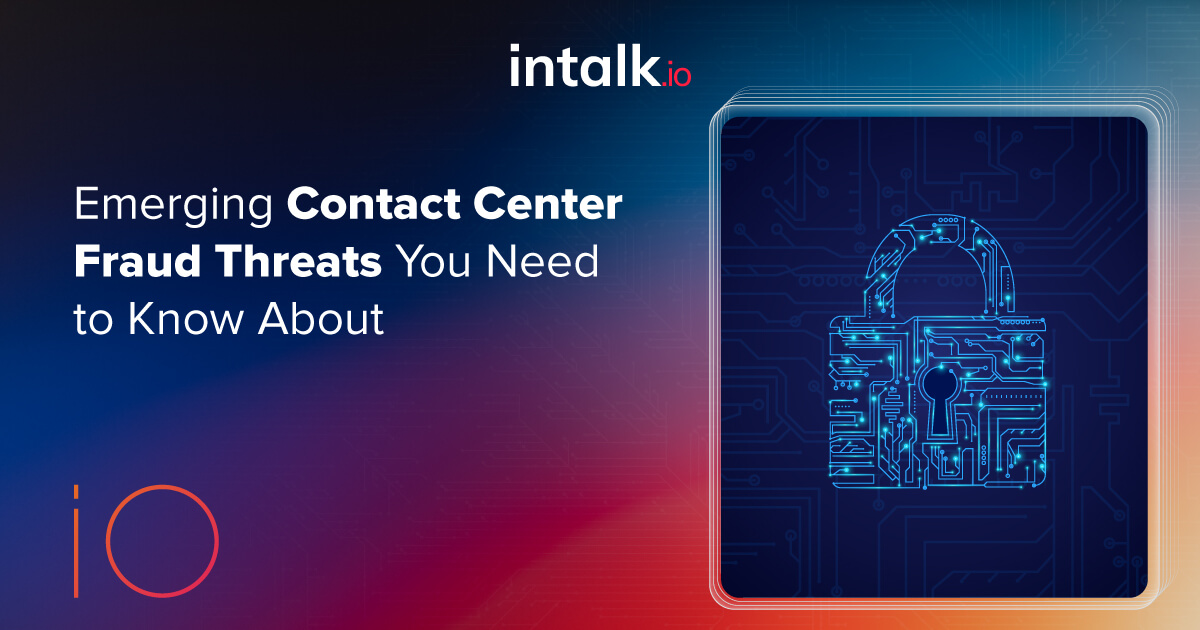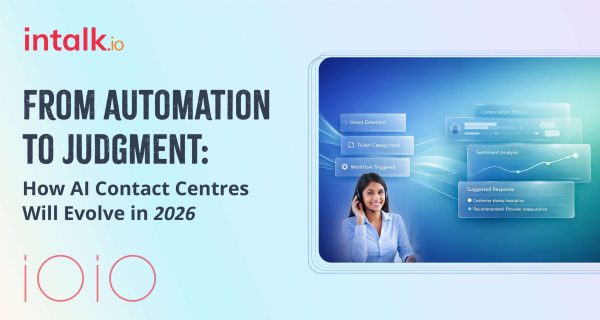In today’s interconnected world, contact centers serve as crucial touchpoints for businesses to engage with customers. However, with the rise of digital transactions and remote interactions, contact centers have become prime targets for fraudsters seeking to exploit vulnerabilities and steal sensitive information. In this blog post, we’ll explore the importance of staying informed and proactive to protect customer data and finances, delve into specific examples of emerging fraud tactics beyond traditional phishing, analyze the impact and risks associated with contact center fraud, and provide strategies for defense against these evolving threats.
The Importance of Staying Informed and Proactive
In the digital age, safeguarding customer data and finances is paramount for businesses across industries. Contact centers, which handle a vast amount of sensitive information, are particularly vulnerable to cyber threats. Staying informed about emerging fraud tactics and proactive in implementing robust security measures is essential to mitigate risks and maintain trust with customers.
Emerging Fraud Tactics Beyond Traditional Phishing
While phishing remains a prevalent threat, fraudsters are constantly evolving their tactics to bypass traditional security measures. Some emerging fraud tactics targeting contact centers include:
1. Social Engineering: Fraudsters exploit social dynamics and psychological manipulation to deceive agents into divulging sensitive information or granting unauthorized access to systems.
2. Synthetic Identity Fraud: By combining real and fabricated information, fraudsters create synthetic identities to establish fraudulent accounts or conduct unauthorized transactions.
3. Account Takeover (ATO) Attacks: Using stolen credentials obtained through data breaches or phishing schemes, fraudsters gain unauthorized access to customer accounts to make fraudulent purchases or steal sensitive information.
4. Vishing (Voice Phishing): Fraudsters use voice calls to impersonate legitimate organizations or individuals, tricking customers into revealing confidential information or performing unauthorized transactions.
The Impact and Risks
Contact center fraud poses significant risks to both businesses and customers. The consequences of a successful fraud attempt can include financial losses, reputational damage, legal liabilities, and erosion of customer trust. Moreover, regulatory non-compliance can result in hefty fines and penalties, further exacerbating the impact on businesses.
Strategies for Defense
To effectively defend against emerging contact center fraud threats, businesses must adopt a multi-layered approach to security. Here are some strategies to consider:
1. Employee Training and Awareness: Educate contact center agents about common fraud tactics, social engineering techniques, and best practices for verifying customer identities. Implement regular training sessions and phishing simulations to reinforce security awareness.
2. Multi-Factor Authentication (MFA): Implement MFA solutions to add an extra layer of security beyond passwords. Require additional authentication factors, such as SMS codes or biometric verification, to validate user identities and prevent unauthorized access.
3. Advanced Fraud Detection Technologies: Leverage AI-powered fraud detection solutions to analyze customer interactions, detect anomalies, and identify suspicious behavior in real-time. Utilize machine learning algorithms to continuously adapt and improve fraud detection capabilities.
4. Enhanced Verification Processes: Implement robust verification processes, such as knowledge-based authentication (KBA), biometric authentication, or behavioral analytics, to verify customer identities and prevent account takeover attacks.
5. Secure Communication Channels: Encrypt communications channels and implement secure protocols, such as HTTPS and TLS, to protect sensitive information transmitted between customers and contact center agents.
6. Continuous Monitoring and Incident Response: Implement proactive monitoring tools to detect and respond to security incidents in real-time. Develop incident response plans and conduct regular drills to ensure readiness to mitigate and contain potential breaches.
Conclusion
As contact centers continue to play a vital role in customer engagement and service delivery, the threat landscape facing these operations will continue to evolve. Staying informed about emerging fraud threats and proactive in implementing robust security measures is essential to protect customer data and finances, maintain trust, and safeguard the integrity of contact center operations. By adopting a multi-layered approach to security and leveraging advanced technologies, businesses can effectively defend against emerging contact center fraud threats and mitigate risks in an increasingly digital world.





